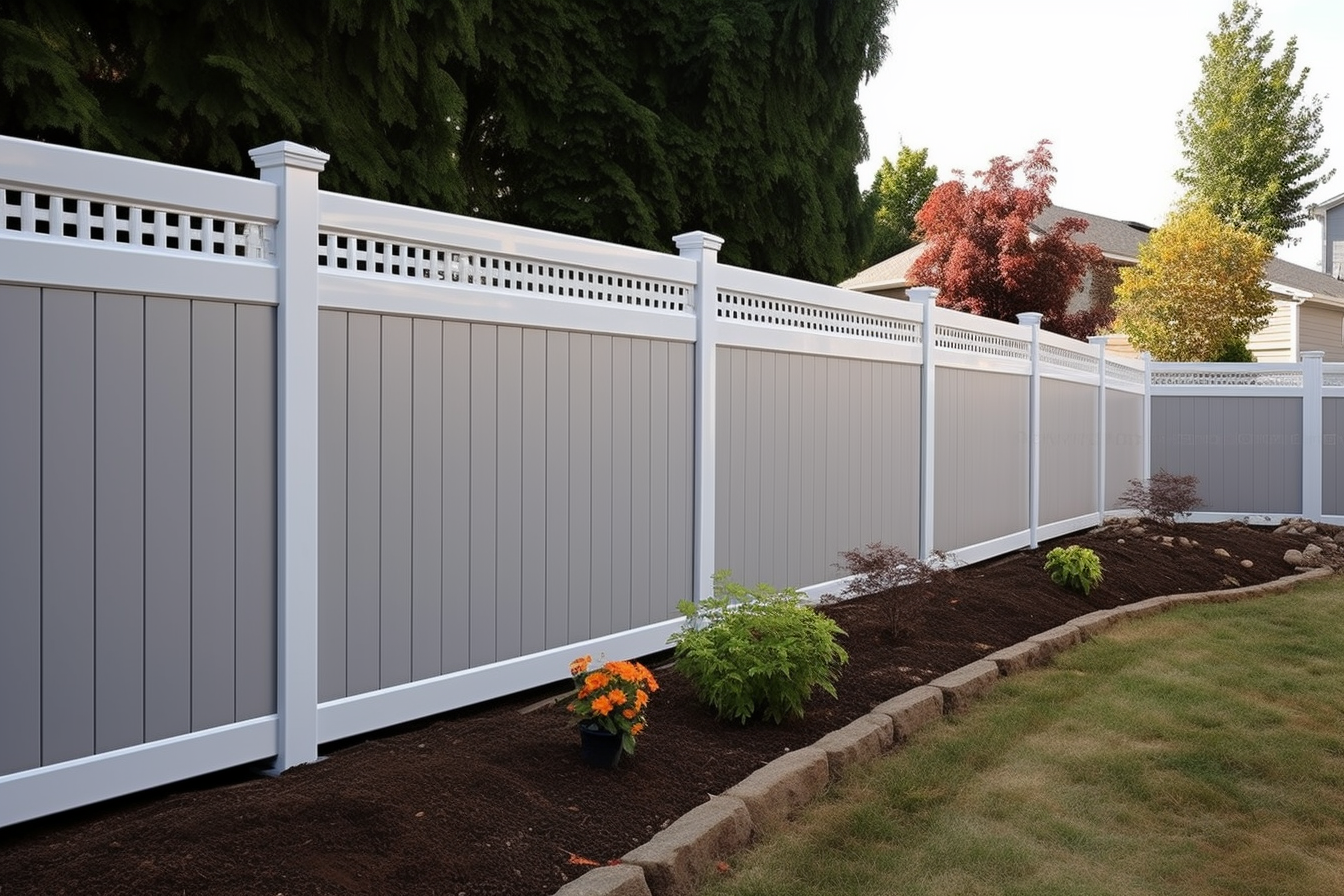Top Garden Fence Types, Costs, Installation, and Maintenance Tips for Canada 2025
Choosing the right garden fence for your Canadian property involves understanding various materials, installation requirements, and ongoing maintenance needs. From wood and vinyl to metal and composite options, each fencing type offers distinct advantages for different climates and budgets. This comprehensive guide explores the most suitable fencing solutions for Canadian homeowners, covering everything from initial costs to long-term care strategies that withstand harsh winters and variable weather conditions.

Canadian homeowners face unique challenges when selecting garden fencing due to extreme weather conditions, frost cycles, and varying municipal regulations across provinces. The right fence not only defines property boundaries but also provides privacy, security, and aesthetic appeal while withstanding Canada’s demanding climate.
Popular Types of Garden Fences for Canadian Homeowners
Wood fencing remains the most traditional choice, with cedar and pressure-treated pine leading preferences due to their natural resistance to moisture and insects. Cedar offers superior longevity in Canadian climates, naturally repelling pests while developing an attractive silver-gray patina over time. Vinyl fencing has gained significant popularity for its low maintenance requirements and ability to withstand temperature fluctuations without cracking or warping.
Metal options include aluminum and steel, both offering excellent durability against harsh weather. Aluminum fencing provides rust resistance and requires minimal maintenance, while steel offers superior strength for security-focused applications. Composite fencing combines recycled materials with binding agents, creating weather-resistant panels that mimic wood appearance without the maintenance demands.
Reviewing 2025 Fence Installation Costs in Canada
Fencing costs vary significantly across Canadian provinces due to material availability, labor rates, and local regulations. Wood fencing typically ranges from $15-35 per linear foot installed, depending on wood type and design complexity. Vinyl installations generally cost $20-45 per linear foot, with higher upfront costs offset by reduced maintenance expenses.
Metal fencing installations range from $25-60 per linear foot for aluminum, while steel options can reach $40-80 per linear foot. Composite fencing falls between $30-55 per linear foot installed. Additional costs include permits ($50-200), ground preparation, and potential utility marking services.
| Fence Type | Average Cost per Linear Foot | Installation Complexity | Lifespan |
|---|---|---|---|
| Cedar Wood | $20-30 | Moderate | 15-20 years |
| Pressure-Treated Pine | $15-25 | Moderate | 10-15 years |
| Vinyl | $25-40 | Low | 20-30 years |
| Aluminum | $30-50 | Moderate | 25-30 years |
| Steel | $45-70 | High | 30+ years |
| Composite | $35-50 | Moderate | 20-25 years |
Prices, rates, or cost estimates mentioned in this article are based on the latest available information but may change over time. Independent research is advised before making financial decisions.
Professional Installation & Maintenance Tips Suitable for Canadian Conditions
Proper installation begins with understanding local frost lines, which vary from 1.2 meters in southern Ontario to over 2 meters in northern territories. Post holes must extend below frost lines to prevent heaving during freeze-thaw cycles. Professional installers recommend using concrete footings with proper drainage to prevent water accumulation and frost damage.
Spring maintenance should include thorough cleaning, hardware inspection, and treatment application for wood fences. Summer care focuses on vegetation management and structural assessments. Fall preparation involves clearing debris, applying protective treatments, and ensuring proper drainage around fence lines. Winter maintenance requires snow load management and prompt repair of any damage from ice or wind.
Climate Considerations for Canadian Fence Selection
Canada’s diverse climate zones require specific material considerations. Coastal regions with high humidity favor vinyl and aluminum options that resist corrosion. Prairie provinces with extreme temperature swings benefit from materials with good thermal expansion properties. Northern regions require fencing that withstands heavy snow loads and prolonged freezing temperatures.
Wind resistance becomes crucial in open areas, requiring deeper post installations and potentially reinforced panels. UV protection matters in high-altitude regions and areas with significant snow reflection, making material selection critical for long-term appearance retention.
Regulatory and Permit Requirements
Municipal regulations vary significantly across Canadian jurisdictions, with height restrictions typically ranging from 1.2-2 meters for residential properties. Setback requirements from property lines, easements, and public utilities must be verified before installation. Some municipalities require permits for fences exceeding specific heights or when installed near corner lots where sight lines matter for traffic safety.
Homeowner association rules may impose additional restrictions on materials, colors, and designs. Utility location services must be contacted before excavation to prevent damage to underground infrastructure. Professional installers typically handle permit applications and regulatory compliance as part of their services.
Selecting the appropriate garden fence for Canadian conditions requires balancing initial costs, maintenance requirements, and longevity expectations. While upfront investments in quality materials and professional installation may seem substantial, they often prove economical over the fence’s lifetime. Consider local climate conditions, municipal regulations, and long-term maintenance capabilities when making your final decision. Proper planning and professional guidance ensure your garden fence will provide years of reliable service while enhancing your property’s value and appeal.




